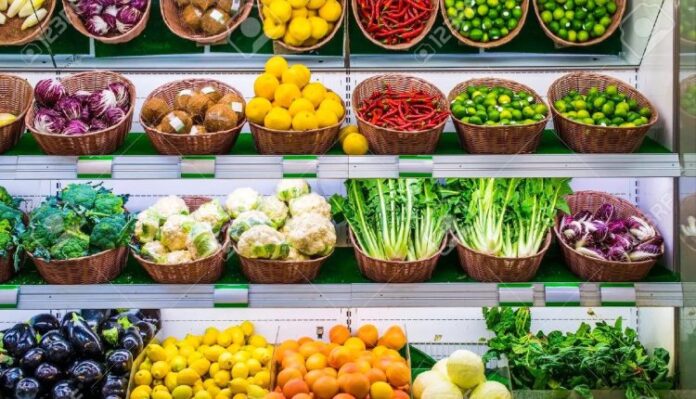Africa food inflation deepens as South Africans lament rising costs
Food prices in South Africa are on a tear yet again, underscoring central bank Governor Lesetja Kganyago’s resolve to keep monetary policy tight for longer.
The cost of a basket of goods in Bloomberg’s South African Shisa Nyama Index, designed to show the price of a traditional backyard barbecue in townships and rural areas accelerated to 15% in June from a year earlier. That compares with 12% in May.
The acceleration reverses a three-month slowdown in price gains and is a blow for South Africans struggling with incessant power outages and a moribund economy. Restaurant owners such as Khunou Nyakale haven’t been able to pass on the costs of items such as onions, which rose 97% in June, to consumers, prompting eateries to fire workers.
READ ALSO: Tinubu promises investors of improved business atmosphere
“It’s getting worse but then we’re just holding on,” said Nyakale, who runs two shisha nyama restaurants including Meat Meet in Soweto, as the smell of grilled meat wafted outside. Nyakale hasn’t raised prices fearing that it will drive clients away and is instead banking on costs to moderate over the next 12 months.
Crunching data from the Pietermaritzburg Economic Justice and Dignity Group, Bloomberg’s index tracks the prices of some of the key ingredients in a shisha nyama — corn meal, onions, carrots, tomatoes, curry powder, salt, frozen chicken portions, beef, and wors — a type of sausage made from a variety of ground meat offcuts.
To compile its survey, the PMBEJD’s data collectors track food prices on the shelves of 47 supermarkets and 32 butcheries that target the low-income market in the greater areas of Johannesburg, Durban, Cape Town, Pietermaritzburg, Springbok in the far northwest, and the far northeastern town of Mtubatuba.
Food inflation slowed to 12% in May, according to Statistics South Africa, while the headline number eased to a 13-month low of 6.3%. Still, the measure has been above the South African Reserve Bank’s target range since May last year and that will prompt rate setters to keep monetary policy tight for longer, according to Governor Kganyago.
Rising global food commodity prices, a weaker rand, and persistent power cuts imposed by the state power utility are among the factors that have contributed to rising food prices in the country, research conducted by the Bureau for Food and Agricultural Policy shows.
Higher input costs have forced farmers to reduce planting onions, according to Christo van der Rheede, chief executive officer at Agri SA. The price of the vegetable may remain elevated for longer.
“We can’t cut out onions,” Nyakale said. “It compromises on what people come here for. They’ll go somewhere else and then you’re done.”
Follow the Neptune Prime channel on WhatsApp: https://whatsapp.com/channel/0029Va74ZvU2v1IqKByXoX3d
Do you have breaking news, interview request, opinion, suggestion, or want your event covered? Email us at neptuneprime2233@gmail.com


